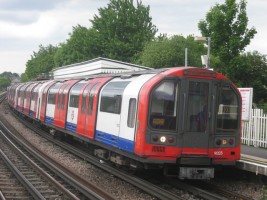If you’ve been to Washington or Chicago, you know that subway lines are named for colors. If you’ve been to New York City or Paris, you know that trains are referred to by a number of letter. Around the entire world, identifying subway lines by color, number, or letter is common. But in London, all the Tube lines have names. Did you ever wonder where those names come from? This article from Londonist reveals all. While some names are portmanteaus of the destinations they serve (i.e. Bakerloo), others have more complex histories.
Oren’s Reading List is an occasional feature on The Travelogue in which I share articles that I’ve read that might also be of interest to the readers of this website.






